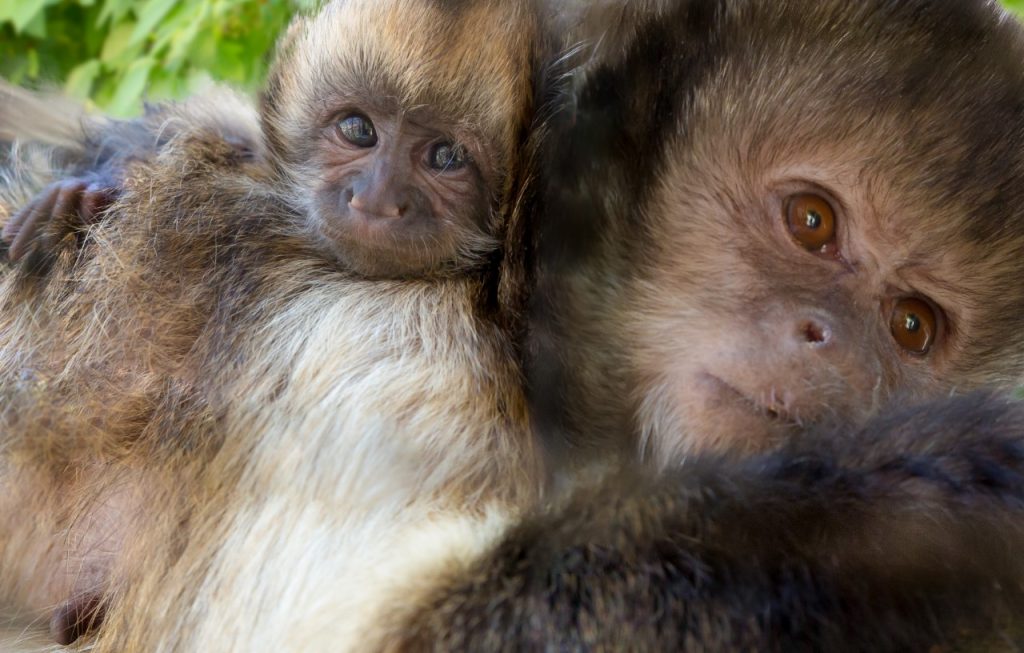A retrospective study evaluating vitamin E supplementation in pelicans and plasma alpha-tocopherol concentrations in pelicans, storks, and flamingos
Citation
Schlegel ML, Miller M, Valdes EV. 2005. A retrospective study evaluating vitamin E supplementation in pelicans and plasma alpha-tocopherol concentrations in pelicans, storks, and flamingos. In Graffam W, Hellinga D, Maslanka M, Ward A, Eds. Proceedings of the Sixth Conference on Zoo and Wildlife Nutrition, AZA Nutrition Advisory Group, Omaha, NE.
Abstract
A retrospective study was conducted to evaluate the effectiveness of two vitamin E supplement forms in pink-backed pelicans (Pelecanus rufescens). The forms were a paste supplying 100 IU vitamin E daily or a capsule supplying 10.5 IU vitamin E daily. Baseline blood alpha-tocopherol concentrations were 7.15 ug/ml in 1998. After 10 months receiving vitamin E in the capsule form, the alpha-tocopherol concentrations increased by 28% (P = 0.046), but were similar to the pink-backed pelicans receiving the supplement paste (P = 0.17). There were significant year to year variation in the alpha-tocopherol concentrations of eastern white pelicans (Pelecanus onocrotalus), marabou storks (Leptoptilos crumeniferus), and greater flamingos (Phoenicopterus roseus), although some of the variation may be due to a change in analytical laboratories. The pelicans, storks, and flamingos, regardless of supplementation strategy, had average alpha-tocopherol concentrations with ranges for other piscivorous birds.
 Schlegel – Vitamin E & A in birds.pdf 159 KB
Schlegel – Vitamin E & A in birds.pdf 159 KB








